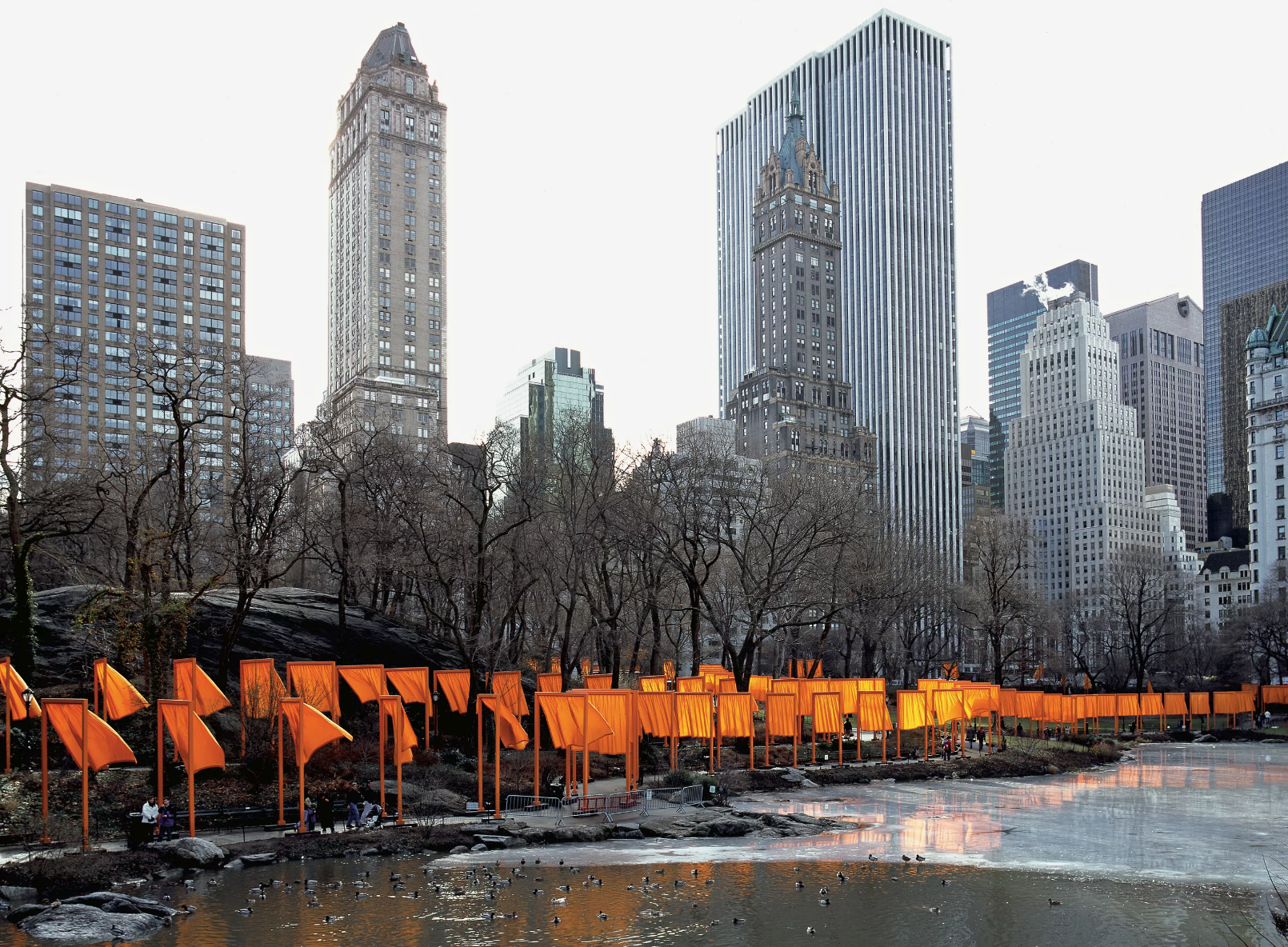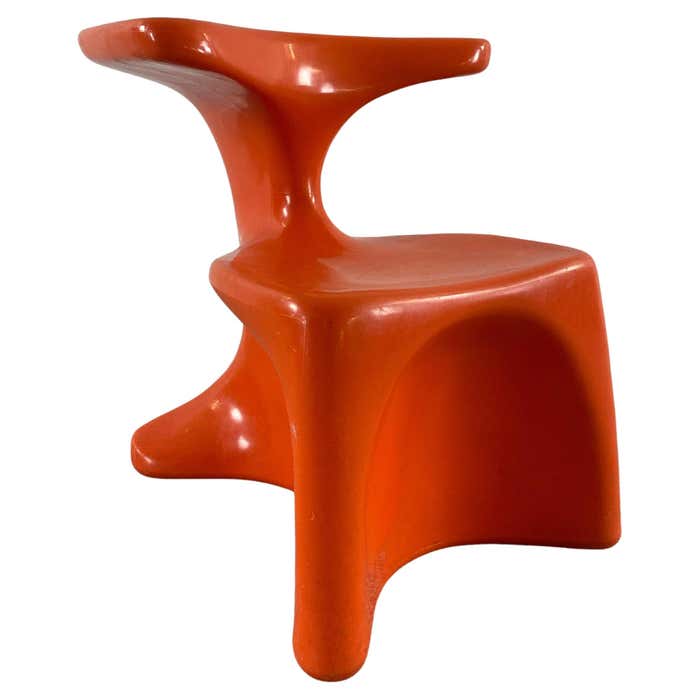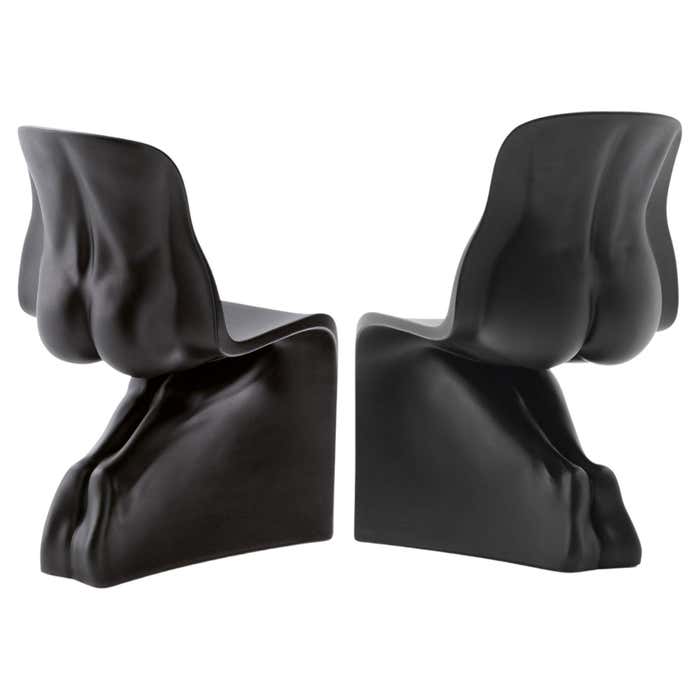While plastic is perceived negatively as being a pollutant, it may be useful in the space of creativity and sustainability when seen by artists and designers. Rather than waste in the environment, upcycling plastics raises their aesthetic value and productive functionality to real works of art and design.
Sculptural Expressions
One of the most notable uses of plastic in art is for sculpture. Here, artists melt, mould, and assemble plastic to design complex, thought-provoking forms. From giant installations to fragile figurines, plastic sculptures can convey different ideas and feelings. Giving new life to discarded plastic, such sculptures give an instant message about the importance of environmental issues and make the viewers think of new possibilities for material use. Here are some examples of this art:
“The Gates” by Christo and Jeanne-Claude
While primarily using fabric, this iconic New York City project incorporated plastic components in the construction and support of the thousands of saffron-coloured “gates” that lined the pathways of Central Park.

Christo and Jeanne-Claude, The Gates, 1979–2005 (view across the pond looking southeast) (photo: Wolfgang Volz) © 2005 Christo and Jeanne-Claude Foundation
“Washed Ashore” by Angela Haseltine Pozzi
This is an ongoing, large-scale art project that creates massive sculptures of marine animals from plastic debris collected from beaches. These powerful and poignant works raise awareness about the devastating impact of plastic pollution on ocean life. Washed Ashore has created numerous sculptures, including whales, sea turtles, and other creatures, which have been exhibited in museums, zoos, and public spaces around the world.
Functional Art
Plastic’s durability and malleability make it an ideal material for functional art. Designers are crafting innovative furniture, lighting fixtures, and home decor items from recycled plastic. These pieces are not only aesthetically pleasing but also environmentally friendly. By incorporating recycled plastic into their designs, these artists are demonstrating that sustainability can be stylish. Here are some examples of this art:
“Luigi Colani Big Space Age Plastic Sculptural Chair 70s Der Colani” By Lübke, Luigi Colani
This is a rare and iconic sculptural chair designed by Luigi Colani in the 1970s. Known for his futuristic, biomorphic style, this chair exemplifies Colani’s signature blend of organic forms and space-age aesthetics. Crafted from plastic, it’s a highly collectible piece that would make a striking statement in any modern or contemporary interior.
Casamania HIM&HER Set of two Matt Chairs in Black by Fabio Novembre
This unique set of two Matt Chairs by Fabio Novembre for Casamania offers a playful and contrasting design. Featuring distinct masculine and feminine forms, these chairs are crafted from plastic and add a touch of artistic flair to any modern interior.
Textile Innovations
The textile industry is now also embracing plastic as a creative medium. Plastic bags, bottles, and other plastic debris are being woven, knitted, and crocheted by artists and designers. These artistic textiles can be transformed into clothes, accessories, and home decor. Even innovators are challenging the conventional notions of fashion and sustainability by making wearable art from plastic waste. Here are some examples of this art:
- Gore-Tex: This revolutionary fabric, developed by WL Gore & Associates, utilises a microporous membrane made of expanded polytetrafluoroethylene (ePTFE). It’s waterproof yet breathable, revolutionising outdoor clothing and footwear.
- Spandex/Lycra: This synthetic fibre, made from a type of polyurethane, is highly elastic and durable. It’s used in a wide range of applications, from swimwear and sportswear to medical garments and industrial fabrics.
Architectural Marvels
Architects are also exploring the possibilities of using plastic in building design. From translucent facades to very light structures, plastic can be used in forming innovative and sustainable buildings. Architects bring into their designs recycled plastic, thereby lessening the environmental impact of building while creating aesthetic and functional spaces. Here are some examples of this art:
The Eden Project
This unique botanical garden in Cornwall, England, features two massive biomes covered in ETFE (ethylene tetrafluoroethylene) plastic cushions. These transparent structures provide a controlled environment for diverse plant life while offering stunning views of the surrounding landscape.
“Bird’s Nest” The Olympic Stadium in Beijing
This iconic stadium, also known as the “Bird’s Nest,” features a unique exterior structure of interwoven steel beams that resembles a bird’s nest. While primarily steel, the translucent ETFE membrane used for the roof plays a crucial role in natural lighting and energy efficiency.
Community Engagement
Many artists and designers are working with communities to develop public art projects with recycled plastic. These not only beautify public space but also create a sense of community and environmental awareness. In so doing, these artists empower the community to get involved in plastic pollution actions. Here are some examples of this art:
- Plastic Fantastic: A community art initiative that promotes citizens to get creative and produce colourful mosaics and sculptures out of recycled plastic.
- Plastic Bag Art: Many communities develop workshops to help communities teach people on how to make different art forms out of plastic bags, including tote bags, mats, and wall hangings.
Conclusion
Artistic and designing visitations of plastic as a creative medium are in fact proving difficult to recognise the material in any other way than that. By using very innovative and sustainable procedures, it produces beautiful, functional things out of plastic waste. The only reason why these creative approaches to plastic pollution are difficult to abandon is because they offer hope in a more sustainable future for the world.
You may also like:




